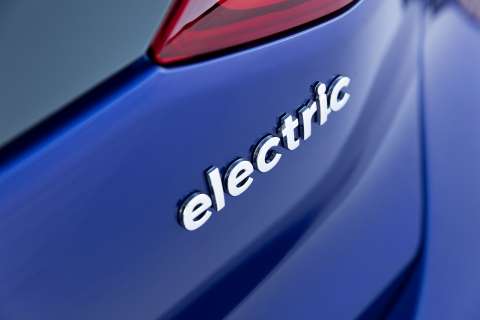IT IS THE HOT TOPIC of the moment, and judging by some of the opinions being thrown around, half of us will be driving electric cars within 20 years.
But let’s take a more reasoned look at the situation.
As things currently stand, there simply aren’t enough charging stations in our cities, let alone across the vast distances that make up Australia. And despite rapid advances, most electric vehicles take too long to recharge and don’t have the range to make them viable.
It has been estimated that it will cost somewhere in the region of $3.2 billion dollars over the next decade to build a network of charging stations. If the NBN is anything to go by, we can safely assume that the charging network will cost substantially more than has been estimated (and hopefully won’t be plagued by anywhere near as many problems, but don’t count on it).
Infrastructure Australia, the government’s independent advisers, has declared “The advent of electric vehicles, along with automation, growth in the ‘sharing economy’ and technological connectivity, could bring the largest transformation the transport sector has seen since the shift from steam to diesel locomotives.”
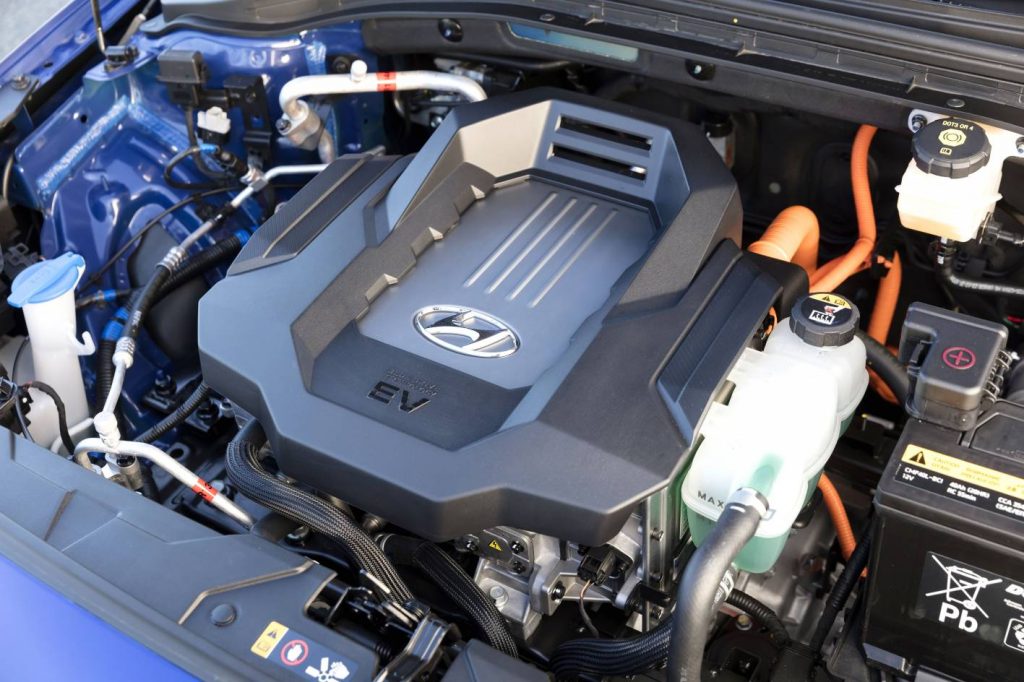
Worldwide, the electric vehicle market is rapidly growing, although the situation in Australia is markedly different, with electric vehicles making up just 0.2 percent of new car sales. Electric vehicles come in two forms: battery electric vehicles with a rechargeable battery and plug-in hybrid electric vehicles with both an electric motor and an internal combustion engine. In 2018, a paltry 189 battery-only vehicles were sold Australia-wide and 1163 PHEVs.
In those countries where electric vehicle sales are strong, most of the growth has been driven by government incentives, as confirmed in a 2018 report by the International Energy Agency. Measures introduced overseas include strong financial subsidies and incentives, new rules on carbon emissions (and penalties for vehicles that don’t meet strict guidelines) and tighter fuel economy standards.
In 2017, China announced a New Energy Vehicle mandate as part of its long-term plan to ban cars with traditional internal combustion engines. The IEA reported that China continues to be the largest electric car market in the world, with nearly 580,000 electric cars sold in China in 2017, up 72 percent on 2016.
Norway is by far the leading nation for electric vehicles. The most recent data shows that almost half of all new cars sold are EVs. Pushing ahead with its agenda, the Norwegian government has decreed that by 2025 only cars with zero emissions should be sold.
But Norway and Australia are very different countries.
Norway’s population is 5.3 million, less than the population of Sydney or Melbourne. Norway’s total land area is 385,000 square kilometres (Australia’s land area is 7.7 million square kilometres). From north to south, Norway extends 1752km and east-west its width is 430km (Australia is 3860km long and almost 4000km wide). Norway is a highly developed country with a small but very strong economy, and a per capita GDP among the highest in the world. Nearly half of the population live in the far south of the country.
So when Opposition Leader (and possibly next Prime Minister) Bill Shorten declares that 50 percent of all new car sales in Australia will be EVs by 2030, at best it’s fantasy and at worst, simply unachievable and impractical.
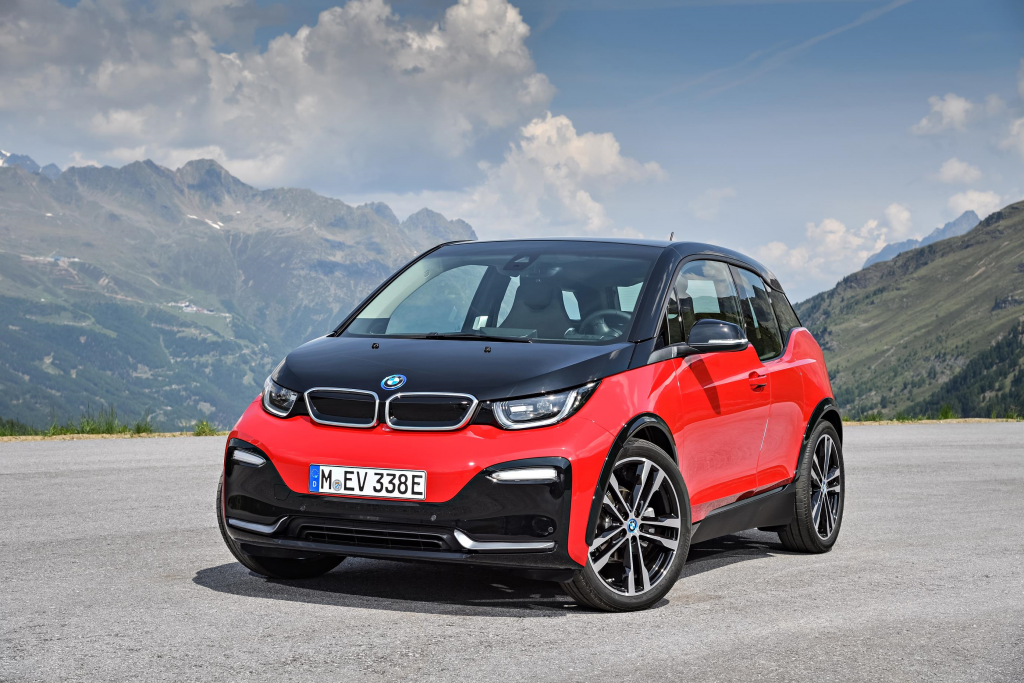
Notwithstanding, development continues, with the vast majority of investment, according to NSW motoring association the NRMA, coming from the private sector.
Federal funding such as the $6 million grant from the federal Australian Renewable Energy Agency to Chargefox, will kickstart the network. Chargefox is building 21 superfast charging stations from Brisbane to Adelaide.
All major manufacturers are planning to add electric vehicles to their range. Nissan’s new LEAF will arrive in July. Toyota has plans to electrify its entire range by 2025. The PHEV Mini Countryman lands in July. One third of all Audi models will be electric by 2025. Porsche will introduce the Taycan late this year.
Meanwhile, US company Rivian is using its $US700 million funding from Amazon to create a ute with a 640km range and the ability to tow up to five tonnes. And it has publicly stated that Australia is a future market.
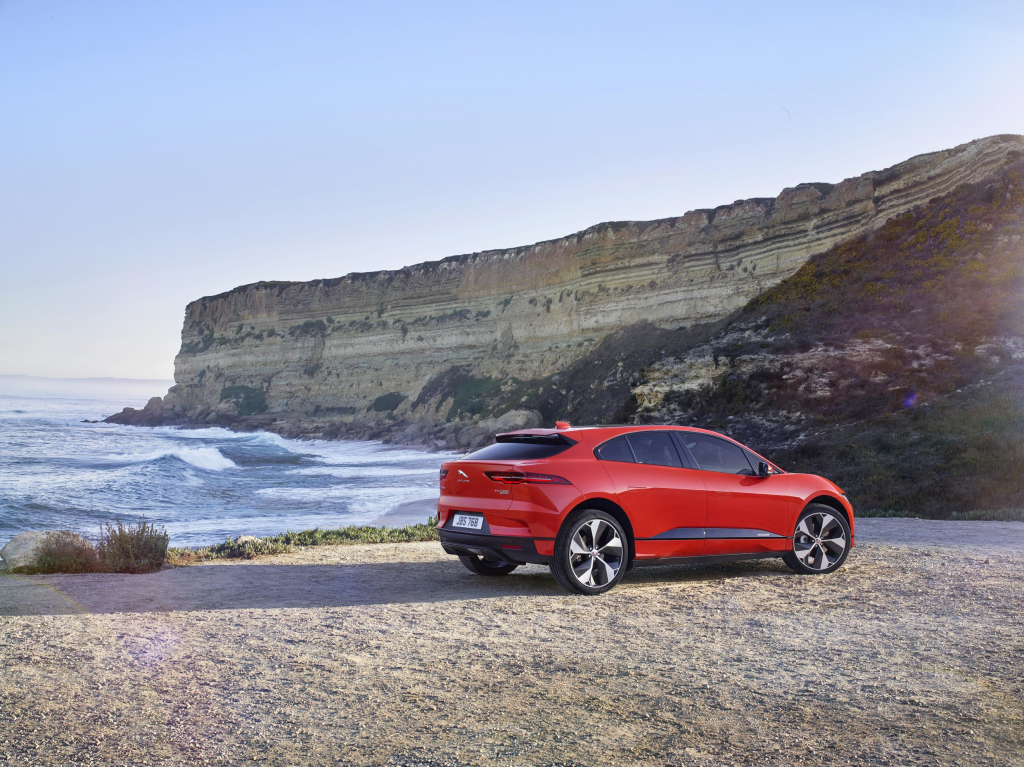
Already available in Australia are such battery-only vehicles as the BMW i3 ($68,700, range 260km), Hyundai Ioniq ($44,900, range 230km), Hyundai Kona ($58,500, range 400km), Renault Kangoo ($49,900, range 200km), Renault Zoe ($49,490, range 300km), Tesla S ($138,000, range 600km), Tesla X ($147,000, range 565km) and Jaguar I-Pace ($124,200, range 470km). Also currently on the market are many PHEVs: Audi A3, Audi Q7, BMW 3, BMW i3, BMW i8, BMW 5, BMW 7, BMW X5, Hyundai Ioniq, Range Rover Sport RR, Range Rover, Mercedes-Benz C-Class C350T E, Mercedes-Benz C350E, Mercedes-Benz GLE500E, Mitsubishi Outlander, Mini Countryman Cooper, Porsche Panamera, Porsche Cayenne, Volvo XC60 and Volvo XC90.
Do the numbers add up?
Regardless of how you feel about giving up your internal combustion-engined car for an EV, they’re coming.
For most of us, the real question is whether or not the higher up-front cost will be amortised over the year of ownership.
A Tesla Model S with a 75kWh battery has a range of 400km. Charging it overnight using off-peak electricity at a rate of 10 cents per kilowatt hour, costs $7.50. That all equals a “fuel” cost of $1.88 per 100km. Using publicly available chargers can reduce this cost even further. A conventional car using 10.6L/100km using fuel at $1.60 per litre would cost its owner $16.96 to travel the same distance. Assuming an annual mileage of 15,000km, the Tesla would cost its owner $282 if it was regularly charged overnight at home. The conventional car would cost $2544.
But since even the Hyundai Ioniq is some $20,000 more than its petrol-engined equivalent, it would take almost eight years to recoup the higher initial purchase price, even assuming everything else was equal.
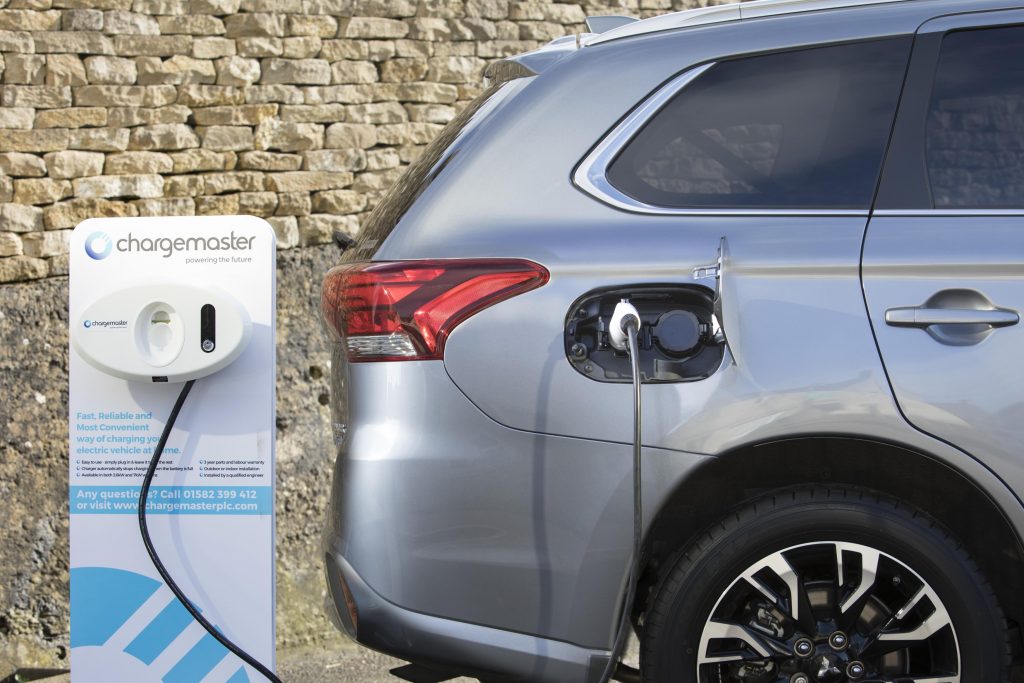
Maintenance of an EV should be less than an equivalent petrol vehicle. EVs are much simpler than cars using an internal combustion engine and they have far fewer moving parts, all of which means less to go wrong. There are no spark plugs, oil filters, fuel filters that require regular replacement. Even the brake pads will outlast those in conventional cars because regenerative braking reduces the use and wear on brakes.
One area of concern for intending buyers is battery life. A European survey found that even after 250,000km, the battery in a Tesla still had 90 percent capacity. That means, in real terms, the battery will probably last the life of the vehicle.
Another issue is depreciation and here it seems the EVs have a real advantage (we cover depreciation in our story http://www.seniordriveraus.com/depreciation-the-hidden-cost-of-car-ownership/ ). The first Teslas were sold in Australia in 2015. Looking at their current selling price, they appear to have depreciated by around 13 percent a year, compared to petrol cars that drop an average of 19 percent in the first year and 15 percent in years two and three. While this is the current situation, it is highly likely to change as technology continues its breakneck speed and older EVs soldier on with outdated systems and as more second hand EVs come onto the market.
